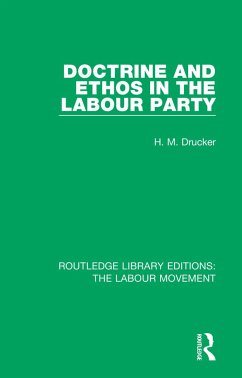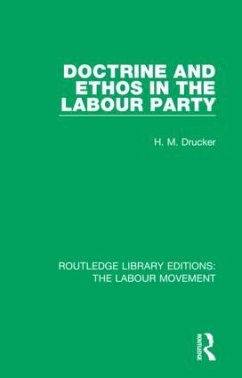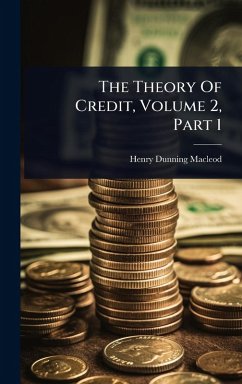
The Doctrine of Equivalents, or, An Explanation of the Nature, Value and Power of Money
Versandkostenfrei!
Versandfertig in über 4 Wochen
31,99 €
inkl. MwSt.
Weitere Ausgaben:

PAYBACK Punkte
16 °P sammeln!
The Doctrine of Equivalents, or, An Explanation of the Nature, Value and Power of Money, by George Craufurd, presents an in-depth exploration of monetary theory and its practical applications in public finance. Published in 1803, this work delves into the fundamental nature of money, its value, and its influence on economic systems. Craufurd's treatise offers a detailed analysis of how money functions within a society, providing insights relevant to policymakers and economists of the time. The book also examines the organization of public finance, offering strategies and perspectives that were...
The Doctrine of Equivalents, or, An Explanation of the Nature, Value and Power of Money, by George Craufurd, presents an in-depth exploration of monetary theory and its practical applications in public finance. Published in 1803, this work delves into the fundamental nature of money, its value, and its influence on economic systems. Craufurd's treatise offers a detailed analysis of how money functions within a society, providing insights relevant to policymakers and economists of the time. The book also examines the organization of public finance, offering strategies and perspectives that were critical for managing economies in the early 19th century. Craufurd's work remains a significant contribution to the understanding of economic principles and the historical development of financial systems, offering valuable context for contemporary economic thought. This work has been selected by scholars as being culturally important, and is part of the knowledge base of civilization as we know it. This work was reproduced from the original artifact, and remains as true to the original work as possible. Therefore, you will see the original copyright references, library stamps (as most of these works have been housed in our most important libraries around the world), and other notations in the work. This work is in the public domain in the United States of America, and possibly other nations. Within the United States, you may freely copy and distribute this work, as no entity (individual or corporate) has a copyright on the body of the work. As a reproduction of a historical artifact, this work may contain missing or blurred pages, poor pictures, errant marks, etc. Scholars believe, and we concur, that this work is important enough to be preserved, reproduced, and made generally available to the public. We appreciate your support of the preservation process, and thank you for being an important part of keeping this knowledge alive and relevant.












